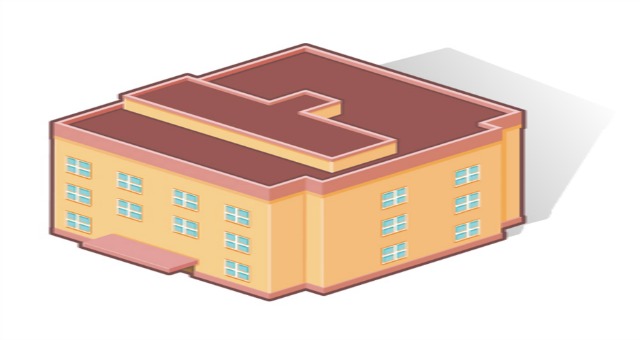Using Formal Program Review for Continuous Improvement
Drexel University uses a Program Alignment and Review (PAR) process to help ensure relevance, quality, and measurable achievement of its academic programs. It’s a formal review process that includes a self-study, external review, and action plan.
Promoting Work-Life Satisfaction
Whether it’s caring for a child or an ailing parent, participating in community activities, or pursuing a hobby, faculty members have and deserve lives beyond work. Formal policies, which vary across disciplines, are important, and academic leaders should actively promote such policies and programs because they can significantly affect faculty...
Promoting an Innovative Culture within a Department
Part of being a transformational leader is giving credit for effort and success rather than punishment. Offering faculty credit creates a sense of ownership, which can be a strong motivator.
The Academic Leader’s Role in Promoting Inclusive Excellence
What atmosphere are you creating at work? Institutional polices form a threshold for promoting access and equity, but it’s up to academic leaders to create an environment in which people feel creative, productive, and engaged—an idea known as inclusive excellence.
Leading throughout the Organizational Life Cycle
According to organizational life cycle theory, institutions and units within institutions progress through a sequence of stages—inception, growth, maturity, and decline or revitalization. Understanding the challenges specific to each stage can help leaders be more effective. Although inevitable, progression through these stages can be upsetting to those who are averse...
Managing Student Complaints
Knowing how to handle student complaints is an essential skill for department chairs. In an interview with Academic Leader, Patricia Markunas, chair of the Psychology Department at Salem State University, offered advice on minimizing the number of complaints and managing those that do make it to the department chair.
Transition to Administration: From Autonomy to Hierarchy
Being a successful faculty member is not a predictor of success as an administrator. In addition to the need to develop a new set of skills, the transition from faculty member to administrator requires a different mind-set. And perhaps the most challenging aspect of this transition is the shift from...
Leading Change Amid Opposition
When Amanda Gingery Hostalka became chair of art and visual communication design at Stevenson University, one of her priorities was to make sure that learning outcomes for every track and major aligned with the department’s and institution’s missions. The importance of this task was heightened by the department’s upcoming move...
How Much Does Instruction in Your Program Cost?
To manage resources effectively, it’s important to know how much it costs to teach students in your programs. Instructional costs vary from program to program based on class size, faculty salaries, equipment, and technology. And not all programs will generate enough revenue to cover costs. That’s OK as long as...
Six Ways to Ensure a Smooth Chair Transition
Faculty members often become chairs under less-than-ideal circumstances or for the wrong reasons. An underprepared faculty member or one with an axe to grind can wreak havoc and lead to frequent department chair turnover. Recognizing this all-too-common cycle, Gian Pagnucci, chair of the English Department at Indiana University of Pennsylvania,...












